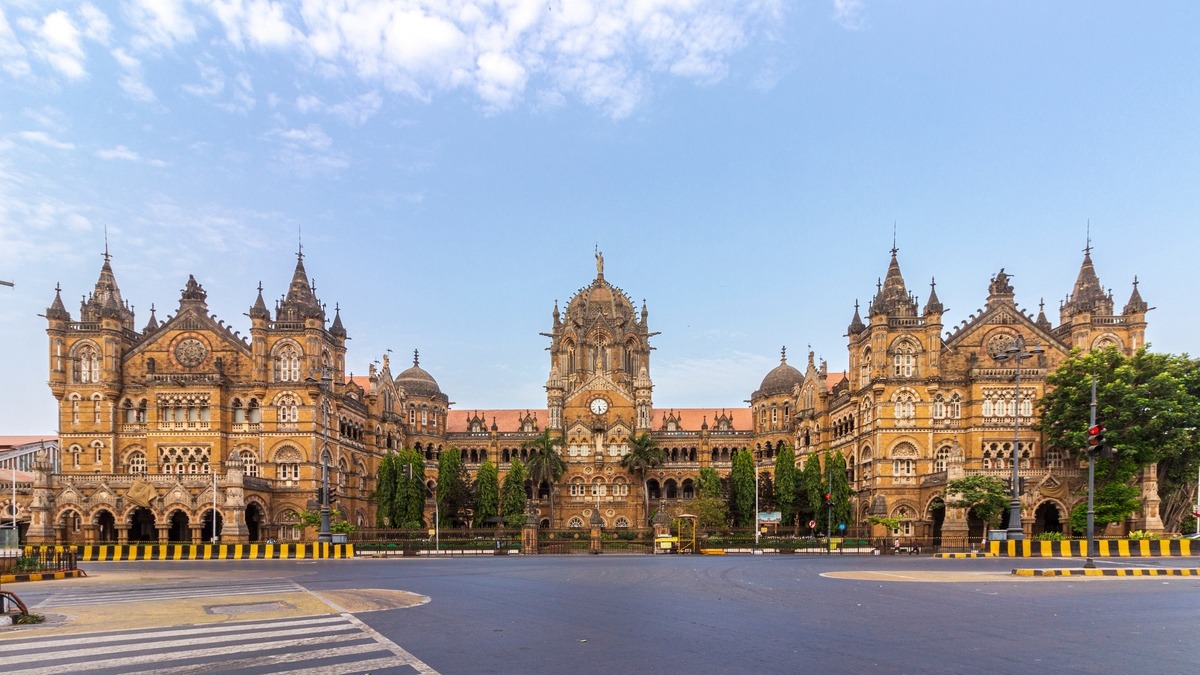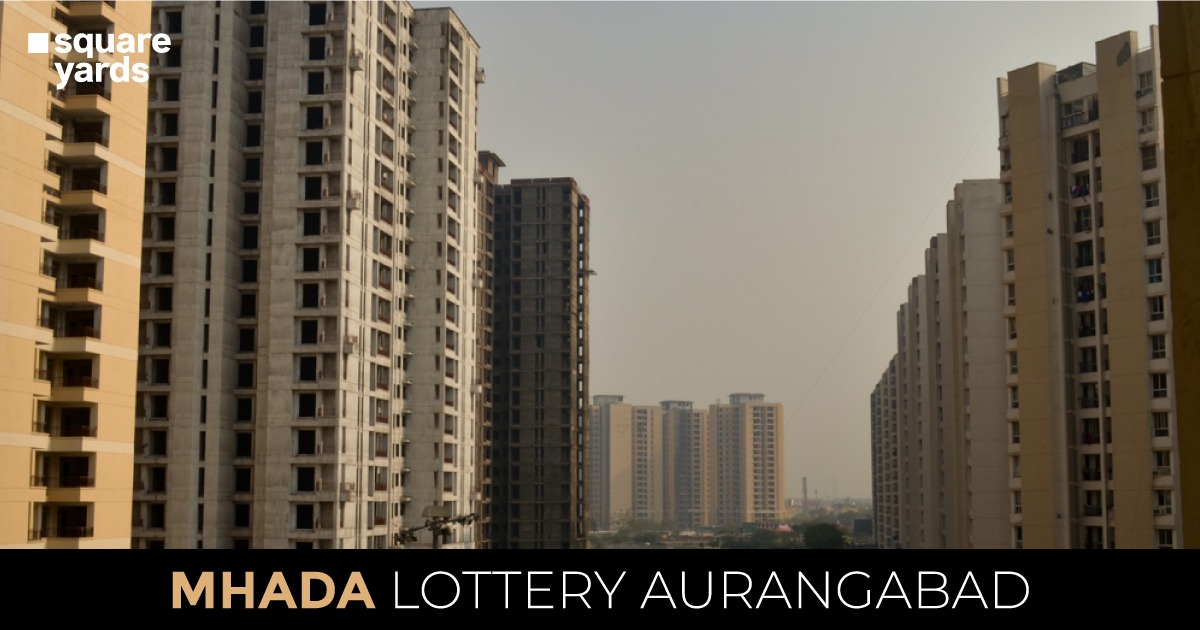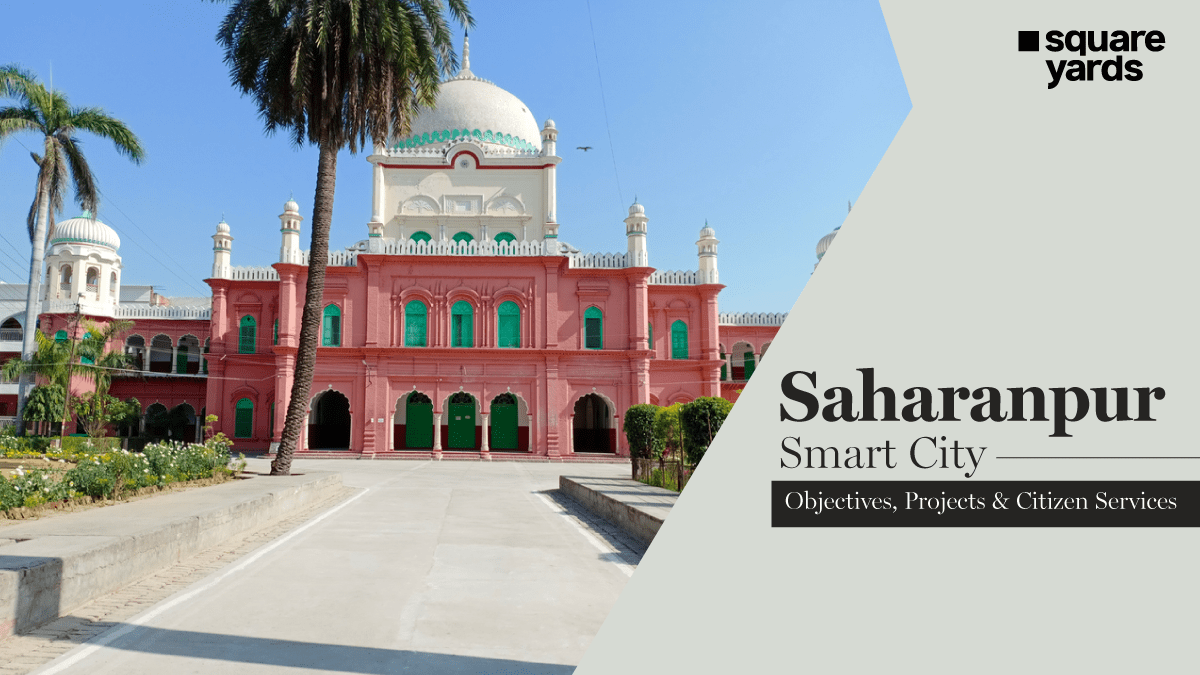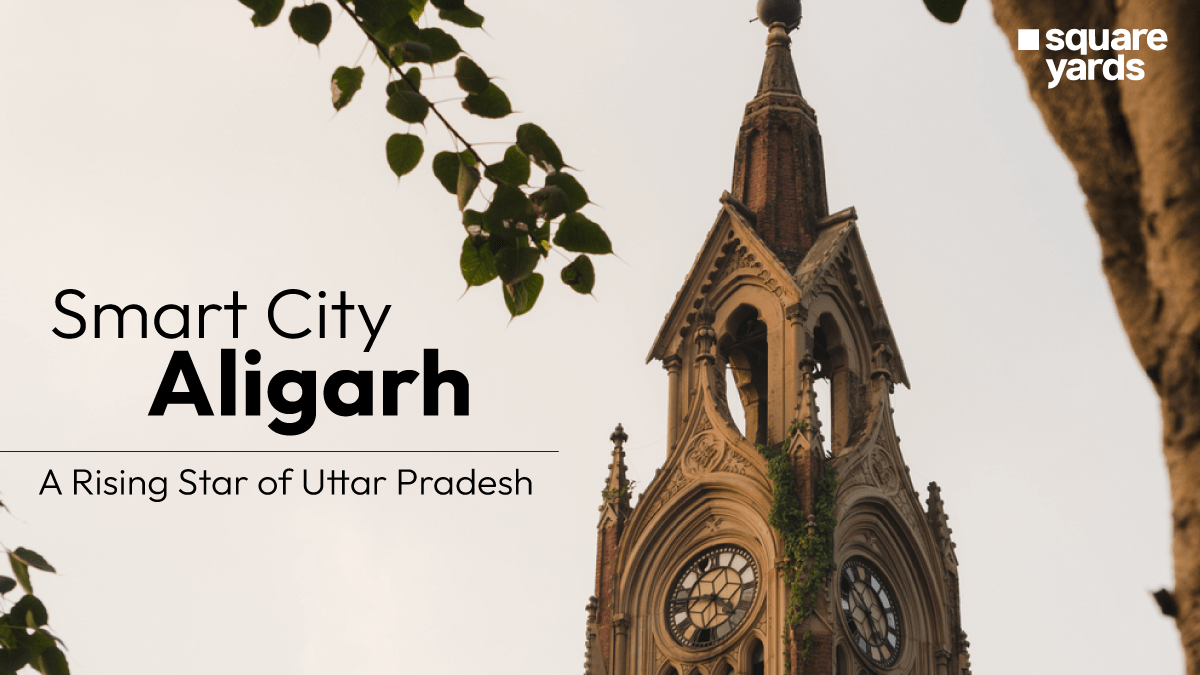Daulatabad Fort is not just an architectural marvel but is touted for its cunning defence system. An ancient structure near Aurangabad, the Daulatabad Fort was impenetrable during its time. Most invaders were either intimidated by its tall walls or bewildered about its maze-like illusory entryways. Throughout its time of glory, the Fort has seen multiple reigns, kings and emperors.
In this article, let’s get lost in time and explore this magnificent structure upon a conical hill which was also named Devagiri or the hill of gods.
Table of contents
History of Daulatabad Fort
The Daulatabad Fort has a long history that starts from 1187 AD. Its very first undertaker was the Yadava’s first ruler, Bhillama V, who announced the Fort’s commission. After this, the Fort was taken over by many dynasties who ruled the Deccan. Earlier, the Daulatabad Fort was known as Deogiri or Devgiri Fort, which means the hill of gods.
With time, its name and architecture kept on having additions and modifications. During the Yadava rule, the architecture credits were given to King Bhillama V. Later, it was redesigned with some more structures by the Brahamis during their rule. They renamed the Devagiri fort as Chand Minar, which is among one of India’s famous minarets.
It is said that King Bhillama V was so impressed by the Deogiri that he formed a whole town around it and made it the capital. The main reason behind the craze of archaeologists to discover different facts about the Devagiri Fort or Daulatabad Fort’s history is its defence-oriented structure.
After Brahamis, it was Sultan Alauddin Khilji of the Khilji Dynasty who held the Fort from 1308 to 1327. He renamed the Devgiri Fort as Daulatabad Fort aka Daulatabad ka Kila. It was captured by the Mughals in the 17th century. The Fort’s banners shifted under different rules after that, including the Marathas, Peshwas, and the last Hyderabadi Nizams till the independence of India.
Having been ruled by so many different dynasties, the architecture of the Daulatabad Fort shows influences of different eras owing to the modifications done to it throughout time.
The Architecture of Daulatabad Fort in Aurangabad
Do you know what makes the Daulatabad Fort incredible? The excellence in its architecture, covering an area of 94 hectares. It used to have segregated forts inside for specific occasions, like Amarkot (used for dealing with the commoners), Mahakot (residential colonies for bureaucrats), and Balakot (the pinnacle area where the dynasty’s flag used to be hoisted.
Additionally, the Fort was divided into several sections as courts, mosques, temples, reservoirs, a public auditorium, wells, a victory tower, a giant tank, a royal bathroom, and more. The architecture inside the campus of the Fort had become more intricate over time due to the additions and modifications done to it by various rulers.
Interestingly, the Fort has an innovative water management system, incomplete rock-cuts, and numerous precious canons.
But the main attraction of the Fort is its strategic defence system that includes sturdy wet and dry moats, three towering walls equipped with bastions, a glacis and gates at regular intervals. While the double ditches of the wet and dry moats prevented the enemies from getting closer to the Fort, the slope of the glacis enabled soldiers on the bastions up the three walls to fight with the attacking army on the ground.
Simultaneously, a tunnel cut out of the surrounding hills, complex entrances, huge gates armed with sharp iron spikes, strategically placed gun turrets, false doors, stone wall mazes, curved walls further contributed to its defence architecture, turning the Fort itself into a weapon. A narrow bridge and single doorway were the only access points to the Fort.
What’s Inside the Daulatabad Temple?
Daulatabad Fort has multiple structures inside the campus. Look upon some interesting spots you can go to when you plan your visit to the old Devagiri Fort in Aurangabad.
Bharat Mata Temple
This worship place is said to be the oldest since the time the Daulatabad temple was made. It has a Bharat Mata statue established when India got its independence. From here, the temple got its name as Bharat Mata Temple. Although it is a Hindu temple, it holds a mosque-like structure which grabs a lot of visitors’ attention and adds to the uniqueness of the Fort.
The Moon Tower
Also known as the Chand Minar, the Moon Tower was established as a sign of victory inside the Fort campus by Sultan Ala-ud-din Khilji after he captured the then Deogiri palace. It is quite similar to Qutub Minar in Delhi, having a height of 64m and has a cylindrical structure with balconies and chambers. The best part is the mosque on the ground floor of the minaret, where all visitors seek holy blessings and offer prayers.
Baradari
The luxurious octagonal Baradari in the Fort has 13 hall spaces in total and was used to conduct royal meetings. All the royalties and bureaucrats used to gather inside this hall for formal meetings and discussions. It was made in the 17th century when Shah Jahan visited Deogiri and the palace.
Chini Mahal
Chini Mahal is a palace-like construction that has two different stories behind it. It is said that kings used to send prisoners inside this palace without anyone’s awareness. Nobody knows why they were sent there, and it is believed that this palace has a bunch of secrets. Even Aurangzeb imprisoned the rulers of Golconda, Tana Shah, and Abul Hasan for almost 12 years in Chini Mahal.
Andheri
As the name suggests, the Hindi meaning of it is darkness. This is nothing but a dark lane with hundreds of turns and twists. The aim to construct such a narrow and intimidating passage was to confuse and mislead the invaders who may have entered the palace with impure intentions. The structure of this passage enabled the king’s army to attack their enemy before the latter could figure out the exit.
Aam Khas
The structure of Aam Khas was used for commoners to assemble whenever they were invited by the king regarding any discussion or celebrations. The building has a huge hall to accommodate everyone but not the royals inside as they had different arrangements for gatherings. So, when you visit the Fort, you will be able to see how big the celebrations used to be when the commoners and bureaucrats were all a part of it.
The Historical Artefacts
Apart from its several marvellous structures, a part of the Fort has also been converted into a museum which not only showcases a mesmerising collection of rock-cut caves but also other priceless canons like Durga Tope, Mendha Tope, Kala Pahad, and more. Saraswati Bawdi is another attraction of the Fort, which is a tubewell located close to the entrance of the palace. The Fort also comprises Elephant Tank or Hathi Haud, covering an area of 10,000 metres which was primarily used as a water reservoir.
Some Hidden Facts About The Daulatabad Fort
The Daulatabad Fort is a true inspiration for its strategic structure defining a robust defence system. It is said that invaders couldn’t even identify the gates to enter the Fort from the outside.
This is because all the left-side doors were fake, while the ones on the right were the actual gateways functioning as both entry and exit. This is something interesting that was planned to fool the attackers. The pattern is unusual as mostly a palace has one entrance and one exit. But in Aurangabad Daulatabad Fort, this was not the case. This technique helped the king and the army to keep the palace and its people safe till 1947.
The hill or the Fort was structured like a tortoise’s back. This was used to help prevent the enemies from using mountain lizards to enter the Fort. The entrance gateways had spikes which we even see in current days to avoid any unwanted access beyond the boundaries.
Ways to Reach Daulatabad Fort
You can reach the Daulatabad Fort by road, rail and flight. Check out the details of how you can visit the Daulatabad Fort using these three modes of transport below.
By Flight: You can directly take a flight to Aurangabad Airport nearest to the Daulatabad Fort, or you can board flights that arrive at Aurangabad via Delhi, Mumbai, and Hyderabad. The Aurangabad Airport is almost 22 km from the palace.
By Train: Via train is another convenient option to reach Daulatabad Fort. The Fort is just 15 km away from Aurangabad Railway Station, so you can hire a car or hop on any local bus to reach your destination. You can also take the Devagiri Express from Mumbai or Secunderabad to reach Aurangabad.
By Road: If you are going to visit the Daulatabad Fort by road, take the route on National Highway 2003, also known as the Aurangabad-Ellora Road. The highway is just 20 km away from Daulatabad.
| Location | Daulatabad Fort or Devagiri Fort |
| Reason for Popularity | Historical fort famous for architectural magnificence and defence system. |
| Timings | 9 am to 6 pm (Monday to Sunday) |
| Visiting Charges for Indians | Rs. 10 each |
| Visiting Charges for Foreigners | Rs. 100 each |
What Are The Best Times To Visit Daulatabad Fort?
It is advisable to visit the Daulatabad Fort between June and September. However, if you do not prefer the monsoons, you can visit the Fort in the winters too. These are the two most preferable seasons as the weather is pleasant during these times.
The Aurangabad Daulatabad Fort is a true example of ancient engineering that inspires todays’ architects. The Devagiri Fort is a gorgeous combination of powerful artefacts, jaw-dropping structures and robust in-built defence systems. It reflects the tactics the rulers used to adopt to safeguard their kingdom and reign. The defence system of the Daulatabad Fort may also be a strong influencing factor for upgrading the current national security techniques.
FAQ’s About Aurangabad Daulatabad Fort
Where is Devagiri located in India Map?
Devagiri is located in Aurangabad, Maharashtra.
Who built the Daulatabad Fort?
The Yadava’s first king Billama V built the Daulatabad Fort and made it the capital of Devagiri village surrounding the Fort.
Is Daulatabad Fort open now?
You may visit Daulatabad Fort every day between 9:00 am to 6:00 pm.
Who built the city of Daulatabad?
Daulatabad is a historic fort that was built under the ruler Billama V in 1887 AD. The king was so impressed by the architectural prowess that he established a village called Devgiri and made it the capital of the Yadavas dynasty.
Is Daulatabad Fort haunted?
Daulatabad Fort is popular for its ancient engineering cum architecture that displays defence strategies of several dynasties.
How old is Daulatabad Fort?
It was built years ago in the ruling phase of the Yadavas dynasty, followed by Peshwas, Khilji, and many more who added and restructured the palace as per their desire and specialities from 1187 AD to 1327 AD.

































